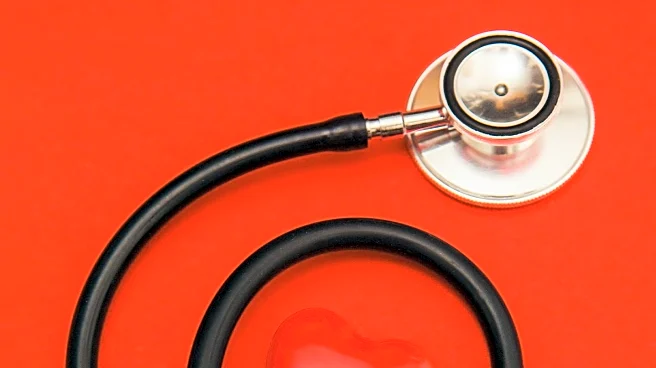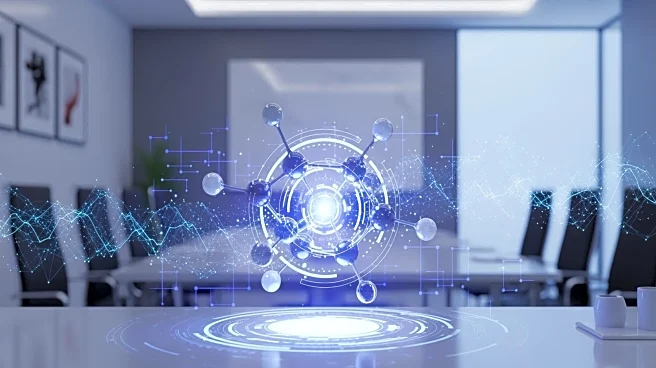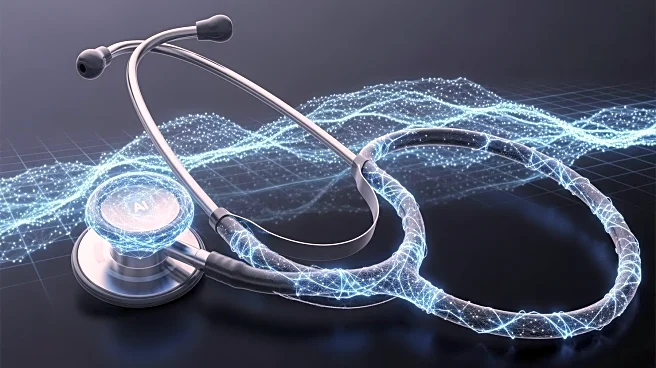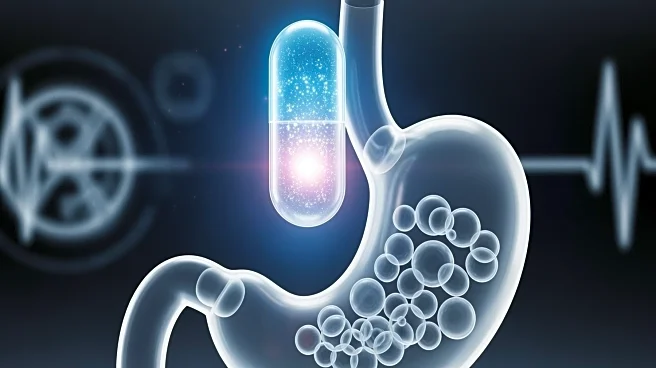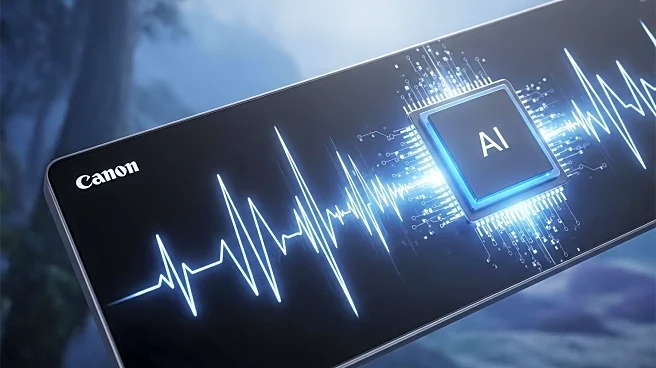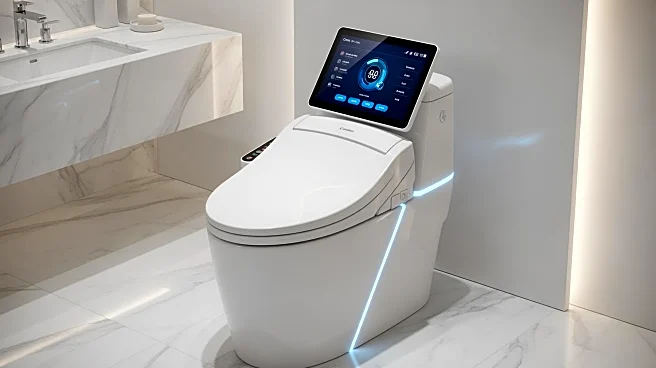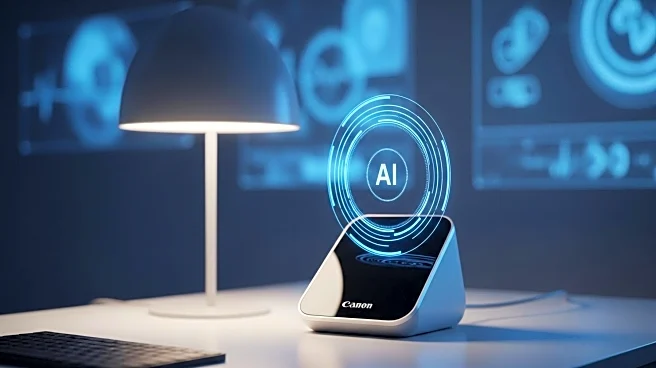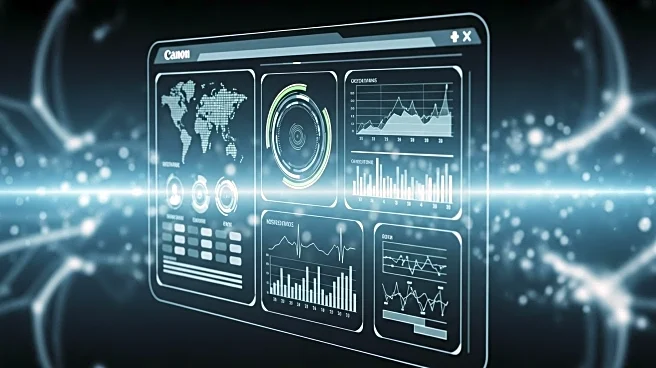What's Happening?
Recent advancements in ballistocardiogram (BCG) technology have demonstrated its reliability in heart rate monitoring, meeting clinical standards set by the Association for the Advancement of Medical Instrumentation
(AAMI). A study involving 46 participants, including those with cardiovascular diseases, utilized a custom mattress-mounted system to acquire BCG signals. The system employs a polyvinylidene fluoride (PVDF) piezoelectric film sensor, which converts body movements into electrical signals. The study aimed to replicate real-world user behavior in bed, ensuring data authenticity. Participants underwent structured medical history reviews, and the experimental protocol received ethical approval from the Run Run Shaw Hospital at Zhejiang University School of Medicine.
Why It's Important?
The validation of BCG technology for heart rate monitoring is significant as it offers a non-invasive method for continuous cardiovascular assessment. This technology can potentially reduce hospital readmissions for patients with chronic heart conditions by enabling remote monitoring. The study's findings support the use of BCG in enhancing cardiac rhythm indices assessment through advanced machine learning methods. The ability to monitor heart rate variability and other indices continuously can improve patient outcomes and provide healthcare professionals with valuable data for treatment planning.
What's Next?
The study suggests further exploration into machine learning methods to enhance the assessment of cardiac rhythm indices using BCG technology. As the technology gains validation, it may see increased adoption in both clinical and consumer settings, potentially leading to new product developments in the healthcare industry. Healthcare providers might integrate BCG-based monitoring systems into patient care protocols, especially for those with cardiovascular diseases, to improve long-term health outcomes.
Beyond the Headlines
The use of BCG technology raises ethical considerations regarding data privacy and the need for secure data transmission. As remote monitoring becomes more prevalent, ensuring the confidentiality and integrity of patient data will be crucial. Additionally, the technology's ability to provide continuous monitoring could shift healthcare practices towards more proactive and preventive care models, emphasizing early detection and intervention.
